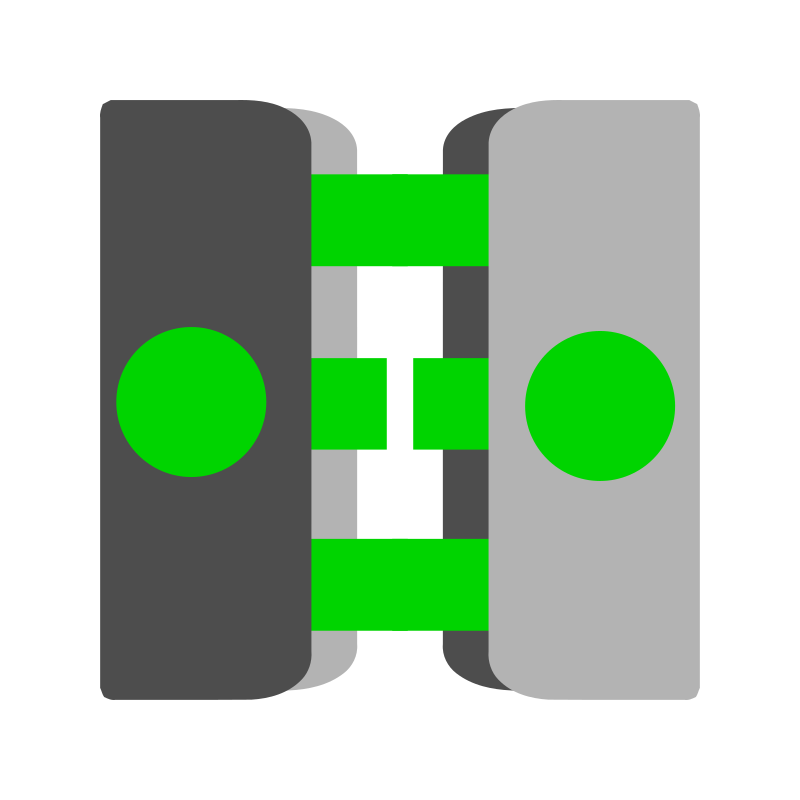Exploring Curves in Geometry
Curves are fundamental geometric objects that extend beyond straight lines, providing a rich framework for describing paths, boundaries, and complex shapes in both two and three dimensions. From simple circles to intricate fractals, curves are integral to mathematics, physics, computer graphics, and art.
In mathematics, a curve is generally defined as a continuous and connected set of points. It can be thought of as the path traced by a moving point.
Curves can be simple (not crossing themselves), closed (start and end at the same point), or both.
While a straight line is a type of curve, the term 'curve' often implies a path that is not straight.
Curves can be classified in various ways:
- Planar Curves: Curves that lie entirely within a single plane (e.g., circles, ellipses, parabolas, hyperbolas).
- Space Curves: Curves that exist in three-dimensional space and cannot be confined to a single plane (e.g., helix, knot curves).
- Algebraic Curves: Defined by polynomial equations (e.g., conic sections).
- Transcendental Curves: Defined by non-polynomial equations involving trigonometric, exponential, or logarithmic functions (e.g., cycloid, catenary).
- Open Curves: Have distinct start and end points (e.g., parabola, line segment).
- Closed Curves: Start and end at the same point, forming a loop (e.g., circle, ellipse).
- Simple Curves: Do not intersect themselves.
- Non-Simple Curves: Intersect themselves (e.g., figure-eight curve).
Curves can be represented using different mathematical forms:
- Explicit Form: \(y = f(x)\) (for 2D curves), or \(z = f(x, y)\) (for 3D surfaces that are functions of two variables).
- Implicit Form: \(F(x, y) = 0\) (for 2D curves), or \(F(x, y, z) = 0\) (for 3D surfaces). For example, a circle \(x^2 + y^2 - r^2 = 0\).
- Parametric Form: Coordinates are expressed as functions of one or more parameters. For a 2D curve: \(x = f(t)\), \(y = g(t)\). For a 3D curve: \(x = f(t)\), \(y = g(t)\), \(z = h(t)\). This is very powerful for describing complex paths and motions.
Key properties used to analyze curves include:
- Length (Arc Length): The total distance along the curve. Calculated using integrals.
- Curvature: How sharply a curve bends at a given point.
- Tangent Line: A line that touches the curve at a single point and has the same slope as the curve at that point.
- Normal Line: A line perpendicular to the tangent line at a point on the curve.
Curves are indispensable in:
- Physics: Describing trajectories, wave forms, and orbits.
- Engineering: Designing roads, bridges, airplane wings, and fluid flow systems.
- Computer Graphics and CAD: Modeling smooth surfaces, fonts, and animations (e.g., Bézier curves, splines).
- Art and Design: Creating aesthetically pleasing shapes and patterns.
- Biology: Analyzing natural shapes like DNA helices and leaf veins.
